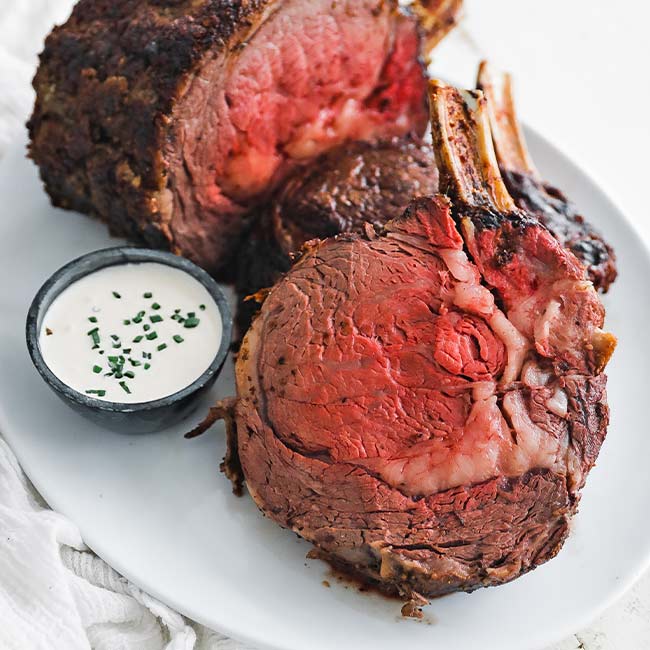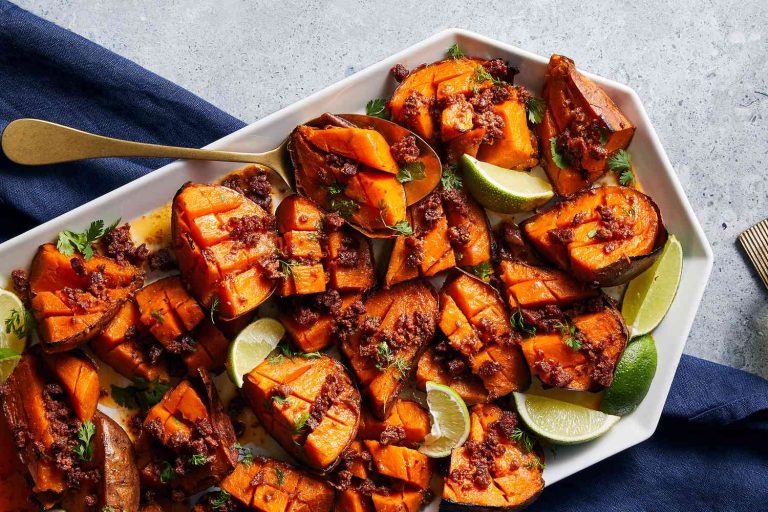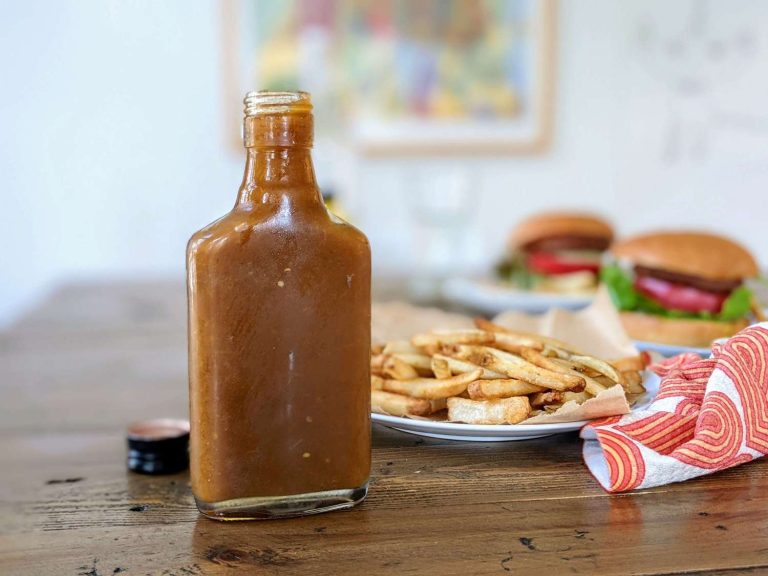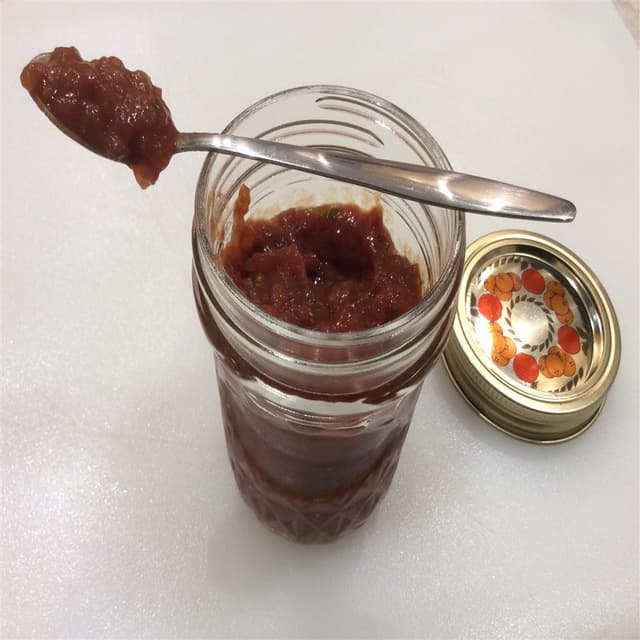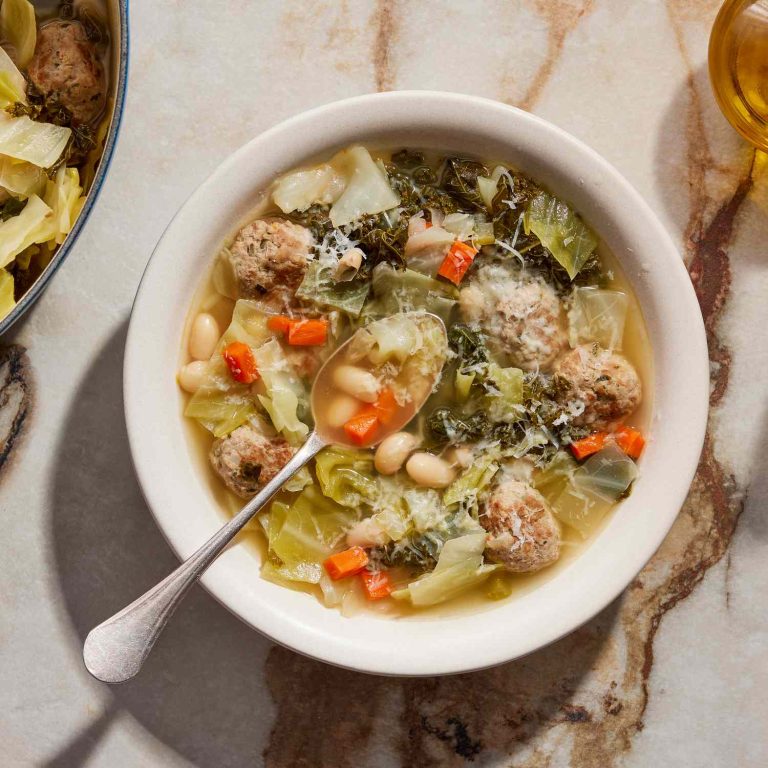Easy Rib Eye Roast Recipe: Perfect Tender Roast Every Time
Meat grades indicate quality. USDA grades beef based on marbling, age, and texture. Common grades include Prime, Choice, and Select. Prime has the highest marbling, making it juicy and flavorful. It’s often used in restaurants. Choice also has good marbling but is more accessible for home cooking. Select has the least marbling, making it leaner and less tender. Choose Prime or Choice for the best results.
Importance of Fat Marbling
Fat marbling affects flavor and tenderness. Marbling describes fat distributed within the muscle. More marbling (intramuscular fat) means a juicier, tastier roast. During cooking, the fat melts, enhancing flavor and keeping the meat moist. Look for fine, even lines of fat throughout the meat. Choosing a well-marbled rib eye roast will ensure a delectable and tender dish.
Preparation Tips for an Easy Rib Eye Roast
Seasoning the Roast
Choosing the right seasoning enhances your rib eye roast’s flavor. Use a blend of kosher salt, cracked black pepper, and minced garlic for a classic taste. Apply the seasoning generously, ensuring it covers all sides of the meat. Let it rest at room temperature for 1 hour to allow the flavors to penetrate the meat and for even cooking.
Using fresh herbs such as rosemary and thyme adds an extra layer of taste. Sprinkle these herbs over the seasoned roast, pressing them slightly to adhere. If you prefer a bolder flavor, create a marinade with olive oil, balsamic vinegar, and Dijon mustard, rubbing it into the meat and letting it sit overnight in the refrigerator.
Preparing Your Cooking Environment
Preheat your oven to 450°F (232°C) for an optimal roast. High heat at the beginning helps to sear the outside, locking in the juices. Ensure your oven rack is positioned in the lower third for even heat distribution.
Using a meat thermometer ensures precise internal temperature monitoring. Insert it into the thickest part of the meat, avoiding contact with bone or fat. Aim for an internal temperature of 135°F (57°C) for medium-rare, as the roast will continue to cook slightly after removal from the oven.
Choose a roasting pan equipped with a rack to elevate the meat. This setup promotes air circulation around the rib eye roast, resulting in an evenly cooked dish with a perfectly crisp exterior. Ensure the pan is large enough to accommodate any drippings, which can be used for a flavorful gravy.
Cooking Methods for the Perfect Outcome
Oven Roasting Technique
Oven roasting provides a reliable way to cook a rib eye roast evenly. Preheat your oven to 450°F and place the roast on a rack in a roasting pan. Season the meat with salt, pepper, and garlic for a robust flavor profile. After placing the roast in the oven, cook it at 450°F for the first 15 minutes to sear the outside. Then, reduce the temperature to 325°F for the remainder of the cooking time. Use a meat thermometer to ensure internal temperatures: 120°F for rare, 130°F for medium rare, and 140°F for medium. Rest the roast for 15 minutes under aluminum foil before carving.
Alternative Cooking Methods
Sous Vide: Sous vide ensures precise temperature control. Seal the seasoned rib eye roast in a vacuum bag, then submerge it in a water bath preheated to your desired internal temperature (e.g., 130°F for medium rare). Cook for 3-4 hours, then sear the roast briefly on all sides in a hot pan to develop a crust.
Grilling: Grilling imparts a smoky flavor. Preheat your grill to high heat. Sear the roast on all sides for 4-5 minutes until a crust forms. Move the roast to a cooler part of the grill and cook indirectly at medium heat until it reaches the desired internal temperature.
Slow Cooker: A slow cooker provides a set-and-forget approach. Season the rib eye roast and add it to the slow cooker with vegetables, broth, or wine. Cook on low for 6-8 hours or until tender. Use a meat thermometer to check the internal temperature, aiming for 130°F-140°F.
Choose the method that best suits your cooking style and desired flavor profile.
Common Mistakes to Avoid
Overcooking the Roast
Overcooking can ruin the texture and flavor of your rib eye roast. Use a meat thermometer and aim for an internal temperature of 135°F for medium-rare. Check the roast 10 minutes before the anticipated cooking time ends. Remember, the meat continues to cook while resting, so remove it from the oven a few degrees below your target.
Incorrect Temperature Settings
Incorrect oven temperature impacts the roast’s quality. Set the oven to 450°F for the initial 15 minutes to sear the meat. Lower it to 325°F for the remainder of the cooking time. Be consistent with these temperatures to ensure a juicy and evenly cooked rib eye roast. Avoid frequent oven opening, as it disrupts the heat and extends the cooking process.
Serving Suggestions for Rib Eye Roast
Accompaniments and Side Dishes
Pair your rib eye roast with classic side dishes like roasted vegetables and mashed potatoes. Roasting Brussels sprouts, carrots, and sweet potatoes brings out their natural sweetness, complementing the savory rib eye. For a creamy contrast, serve garlic mashed potatoes seasoned with butter and herbs.
Lighten the meal with a fresh green salad, incorporating arugula, spinach, and cherry tomatoes. A balsamic vinaigrette adds a tangy finish, enhancing the roast’s rich flavors. Offering a bread option like dinner rolls or crusty baguettes provides a satisfying addition for guests.
Include sauces like horseradish cream or chimichurri to add variety. Horseradish cream made from sour cream, freshly grated horseradish, and lemon juice provides a zesty kick. Chimichurri, a mix of parsley, vinegar, garlic, and olive oil, introduces an herbaceous note.
Presentation Tips
Slice the rib eye roast against the grain, ensuring each piece is tender. Arrange slices on a serving platter, fanning them out for visual appeal. Garnish with fresh herbs like rosemary or thyme to add color and fragrance.
Present sauces in small bowls or ramekins on the side for easy access. Using white or neutral-colored serving plates lets the meat’s color and accompaniments stand out.
Keep side dishes warm in separate serving dishes. Use contrasting colors and textures to create a visually appealing table spread. Incorporate vegetables with vibrant hues and varying textures to add interest.
Consider serving a wine that enhances the meal. Full-bodied reds like Cabernet Sauvignon or Merlot complement the richness of the rib eye roast. Offer wine in decanters for a touch of elegance, ensuring a polished presentation.
Conclusion
Mastering an easy rib eye roast at home can elevate your culinary skills and impress your guests. By focusing on quality meat selection, proper seasoning, and the right cooking techniques, you’ll achieve a roast that’s both flavorful and tender. Pairing it with complementary sides and sauces will enhance the dining experience. Remember presentation matters, so take the time to slice and arrange your roast beautifully. With these tips, you’re well on your way to creating a memorable meal that showcases your cooking prowess. Enjoy the process and savor the delicious results!
